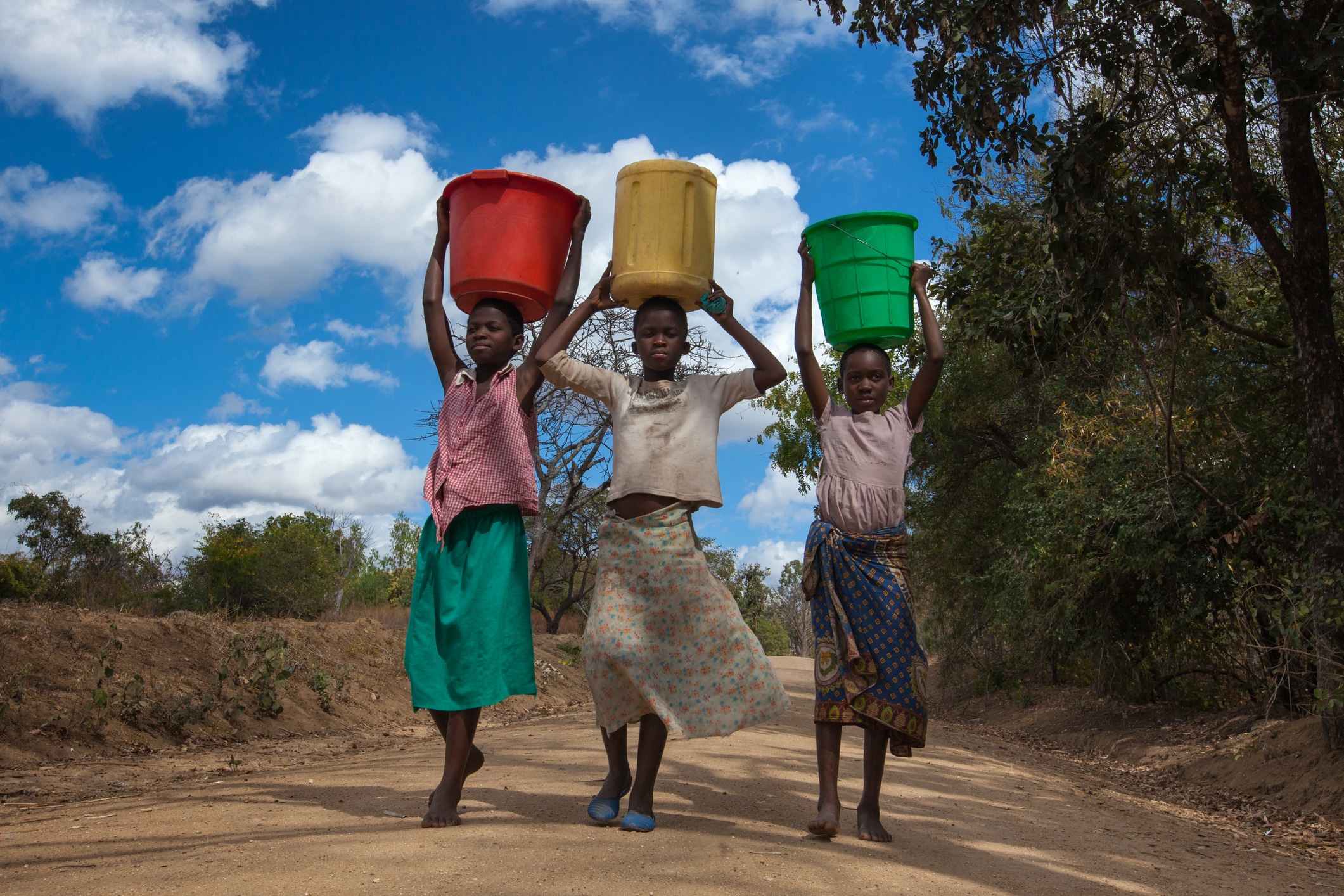By Yacine Fal
Of all continents, Africa is least responsible for climate change. It has contributed only a minute part of the greenhouse gas emissions that are responsible for the climate emergency the world faces today. Yet, Africa faces the same arduous battle as the rest of the world to tackle the impacts of climate change, and to make itself resilient to climate change.
Today, Africa remains one of the most vulnerable and the least climate-resilient regions in the world. This is manifest across all corners of the continent. In the Horn of Africa, millions are threatened as a historic drought looms. In the Sahel, climate change is fueling insecurity because of increasingly scarce resources. And southern Africa is experiencing lethal rain and floods. Action has never been more urgent.
These climate change-induced challenges cut across many countries and sub-regions of the continent. With improved regional integration and deeper regional cooperation, African countries could rally around collective climate adaptation solutions and accelerate a just energy transition. The regional approach would elevate the individual voices of countries and facilitate access to increased global climate finance.
The urgency of regional climate adaptation and climate mitigation action is critical to Africa’s future. This is why the African Development Bank is spearheading regional initiatives that intersect with climate adaptation, energy transition and sustainability across the entire continent. The Bank is integrating these initiatives into its country and regional strategies, anchoring them on its High 5 priorities and weaving them into every Bank-supported operation.
Loading...
These operations encompass renewable energy, modernized transport infrastructure and logistics, industrialization and regional trade, and trade finance – initiatives all geared towards strengthening regional integration.
Bank financing in Kenya, Morocco, and Democratic Republic of the Congo has supported geothermal, solar and hydropower projects that are clean, renewable, and which bring electricity to underserved households and small business markets. In many cases, these investments are providing power across borders and encouraging growth in regional trade.
In agriculture, the African Development Bank is focusing on climate-proofing and modernizing agricultural systems. It is also increasing productivity. This is helping more African countries pursue sustainable practices and to graduate from subsistence to surplus economies. These efforts are tackling bottlenecks and practices that continue to cause food insecurity, displacements, and conflict.
More broadly, several African Development Bank initiatives are helping to lay an effective foundation for commodity-based regional value chains that will ensure African food security. Examples are the Bank’s Technologies for African Agricultural Transformation (TAAT) program, the Special Agro-Industrial Processing zones (SAPZs) initiative, and broader investments in physical infrastructure, logistics, information communications technology, and innovation. These initiatives are also helping to build a robust, surplus-generating, continent-wide agribusiness sector based on modern and sustainable practices.
As part of its strategic approach, the African Development Bank continues to collaborate closely with regional actors like Africa’s regional economic communities, African countries, and development partners to mobilize climate action and financing for the continent. The Bank’s leadership has full confidence that with all parties working together, it will achieve climate justice for Africa.
– The writer is Acting Vice President, Regional Development, Integration and Business Delivery at the African Development Bank Group.
Loading...
